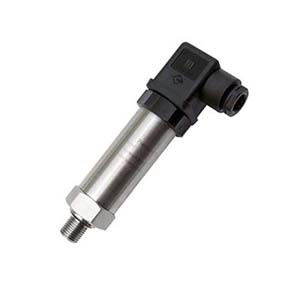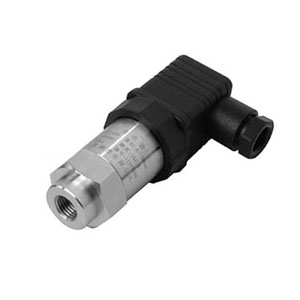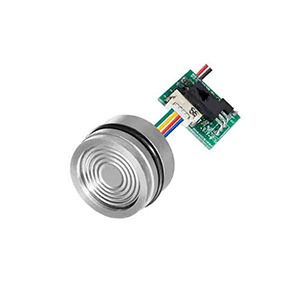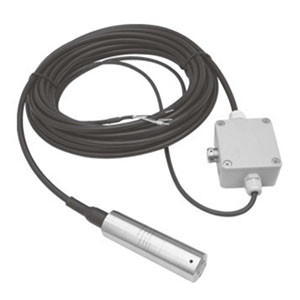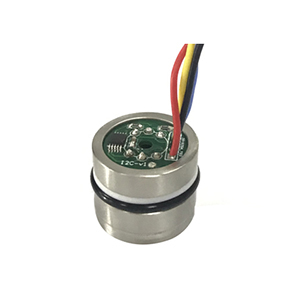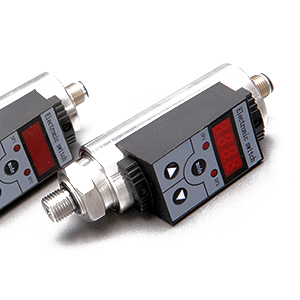What is pressure sensor sensitivity
Pressure sensor sensitivity is a crucial parameter in pressure sensor design and fabrication. It refers to the change in output per unit of input pressure variation. It’s generally represented in mV/V/psi, mV/V/Pa, or other similar units, depending on the measuring system used.
Let’s consider a typical pressure sensor with a sensitivity of 10 mV/V/psi.
This means that for every 1 psi change in the input pressure, the sensor’s output voltage will change by 10 mV for each volt of the supply voltage.
So, if we have a supply voltage of 5 V, the output voltage will change by 50 mV for each psi change in pressure.
This sensitivity is an essential factor in determining the minimum detectable pressure change. If the sensor’s sensitivity is low, it may not be able to detect small changes in pressure accurately.
On the other hand, a sensor with high sensitivity can be more responsive and accurate in detecting small changes in pressure but may be more susceptible to noise and other error sources.
Sensor sensitivity is usually determined during calibration, where the sensor is exposed to known pressure levels and the output is measured. The sensitivity is then calculated by dividing the change in output by the change in input pressure.
However, it’s important to note that the sensitivity of a pressure sensor can be affected by various factors, including temperature variations, mechanical stress, aging, and more. Therefore, it’s essential to consider these factors during the design and fabrication process and to calibrate the sensor to ensure its accuracy and reliability regularly.
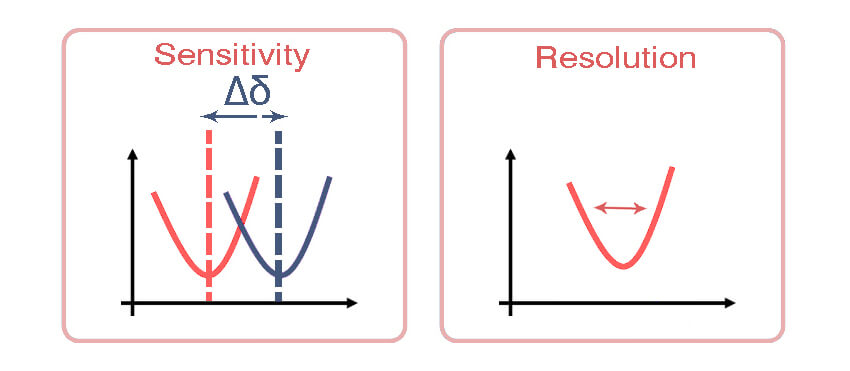
What is pressure sensor resolution?
Pressure sensor resolution refers to the smallest pressure difference that the sensor can detect and measure accurately. It represents the level of detail or granularity in pressure measurements that the sensor can provide.
Resolution is typically expressed in units of pressure, such as pascals (Pa), millibars (mbar), or pounds per square inch (psi).
Pressure Units Conversion Tools
It represents the smallest increment or step size that the pressure sensor can distinguish between two pressure levels.
For example,
Let’s consider a pressure sensor with a resolution of 0.1 kPa. This means that the sensor can detect and display pressure differences as small as 0.1 kilopascals. If the pressure changes by 0.05 kPa, the sensor may not be able to detect this small change accurately due to its limited resolution.
In practical terms, pressure sensor resolution is influenced by various factors, including the sensor’s internal design, electronics, and signal processing capabilities.
A higher-resolution sensor can provide more precise measurements, allowing for better discrimination between different pressure levels.
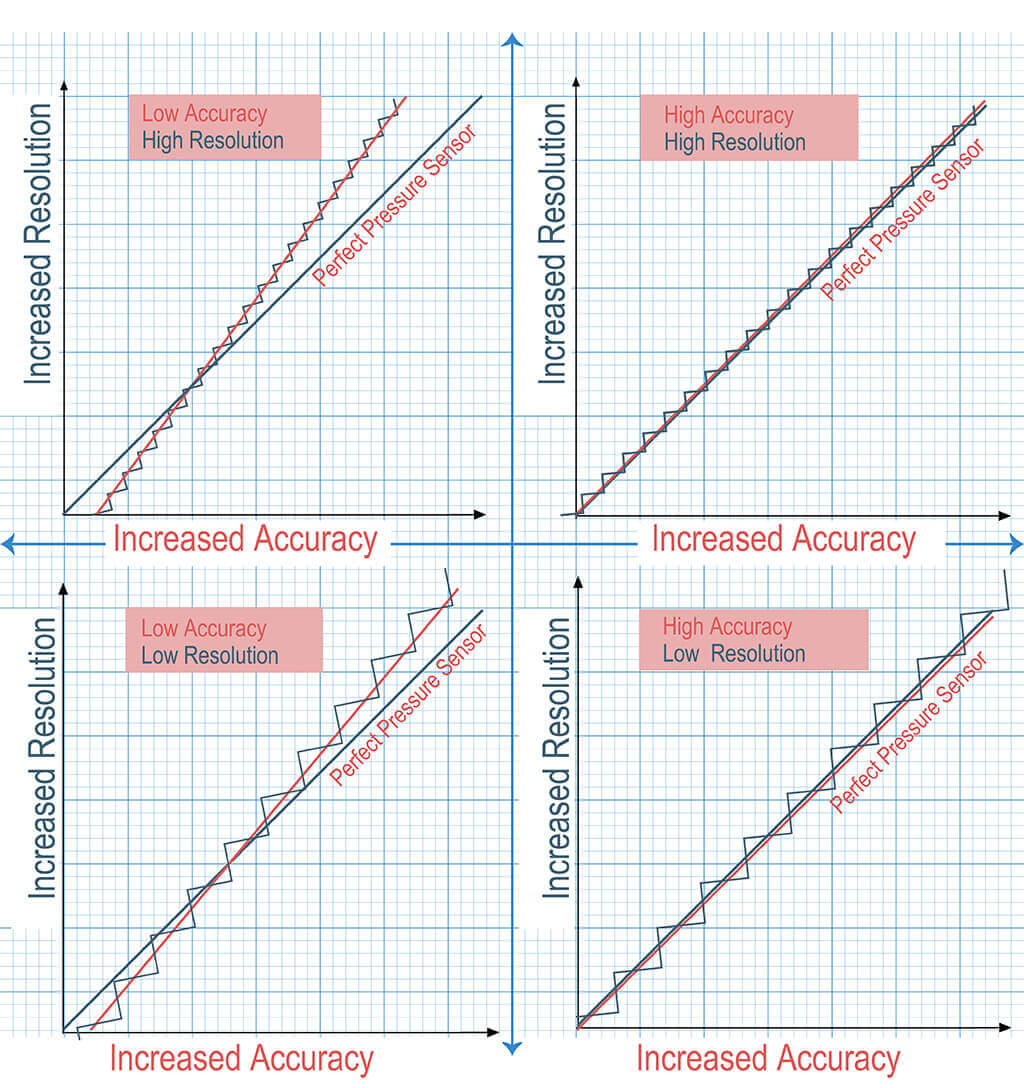
A higher-resolution sensor may have less stability performance.
Higher sensitivity values indicate that the sensor can detect smaller pressure changes with greater precision.
It is important to note that resolution is different from sensitivity.
While sensitivity refers to the sensor’s ability to detect small pressure changes, resolution specifically relates to the smallest pressure difference that can be measured and displayed by the sensor.
Selecting a pressure sensor with appropriate resolution is crucial for specific applications.
For example, in applications where precise pressure control or monitoring is required, such as in medical devices or industrial processes, a higher-resolution sensor may be preferred to ensure accurate measurements and fine-grained pressure monitoring.
What is pressure sensor stability?
Pressure sensor stability refers to the ability of a pressure sensor to maintain its performance characteristics over time. It is a measure of how well the sensor retains its sensitivity, accuracy, and other specifications throughout its lifespan or a specified period of use.
Stability is important because any changes in the sensor’s performance can lead to inaccuracies in pressure measurements. Factors such as temperature variations, mechanical stress, aging of components, or environmental conditions can impact the stability of a pressure sensor.
A stable pressure sensor will exhibit minimal drift or changes in its output signal or calibration over time. It means that the sensor’s response to pressure remains consistent and reliable, allowing for accurate and repeatable measurements.
On the other hand, an unstable sensor may experience drift, where its output signal gradually shifts over time or exhibit sudden changes or fluctuations in its readings.
Pressure sensors often undergo rigorous testing and calibration processes during manufacturing to ensure stability. Additionally, regular maintenance, calibration, and environmental control can help maintain the stability of the sensor throughout its operational life.
What is the difference and relationship between sensitivity and resolution?
Sensitivity and resolution are both important characteristics of pressure sensors, but they represent different aspects of sensor performance.
Pressure sensor sensitivity refers to the change in output signal per unit change in pressure input. It is a measure of how responsive the sensor is to pressure variations.
A sensor with high sensitivity will produce a larger change in output signal for a small change in pressure, while a sensor with low sensitivity will produce a smaller change in output signal for the same pressure change.
For example,
A pressure sensor with a sensitivity of 10 mV/kPa means that its output voltage will change by 10 millivolts for every kilopascal increase in pressure.
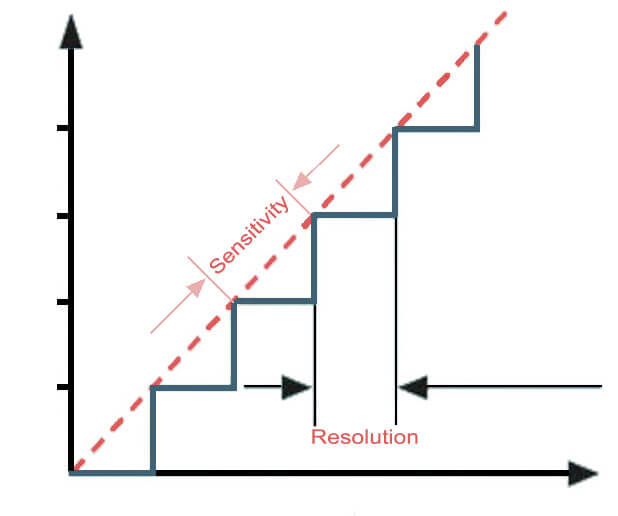
On the other hand, resolution refers to the smallest increment of pressure that a sensor can detect and display. It is usually expressed in terms of the smallest pressure difference that the sensor can resolve.
For instance,
A pressure sensor with a resolution of 0.1 kPa can detect and display pressure changes as small as 0.1 kilopascals. Higher resolution values indicate that the sensor can provide more precise measurements, allowing for better discrimination between different pressure levels.
The relationship between sensitivity and resolution can be understood by considering the analogy of a ruler.
Sensitivity is analogous to the smallest marking on the ruler, indicating the smallest change that can be detected.
The resolution, on the other hand, corresponds to the smallest distance that can be measured between two markings on the ruler.
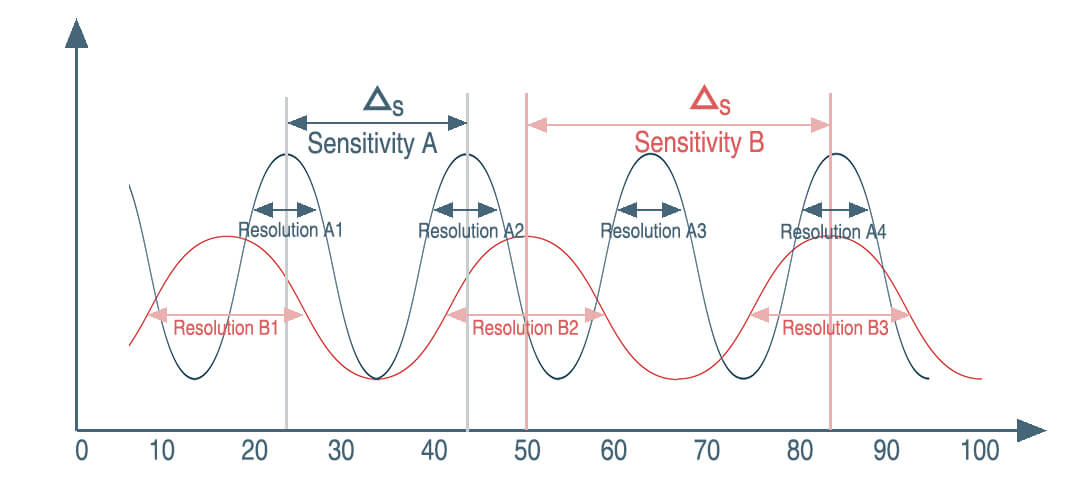
To illustrate this relationship, let’s consider a pressure sensor with a 10 mV/kPa sensitivity and a resolution of 0.1 kPa. This means that the sensor can detect pressure changes as small as 0.1 kPa (resolution), and for each kilopascal increase in pressure, the output voltage will change by 10 millivolts (sensitivity).
Sensitivity and resolution are related in the sense that a sensor with high sensitivity is likely to have a higher resolution as well. A highly sensitive sensor can detect even small changes in pressure, allowing for finer resolution.
However, it is important to note that sensitivity and resolution are not directly proportional. A sensor with high sensitivity may not necessarily have a high resolution if it is limited by other factors, such as noise or signal processing capabilities.
In practical terms, a high-sensitivity sensor can accurately measure small pressure changes, but if its resolution is insufficient, it may not be able to display these small changes distinctly.
Conversely, a sensor with high resolution can provide precise measurements, but if its sensitivity is low, it may not be able to detect small pressure changes accurately.
Sensitivity and stability:
Sensitivity and stability are also related, but the relationship can be more complex. A stable sensor will generally maintain its sensitivity over time, ensuring consistent and reliable performance. However, it is possible for a sensor to exhibit stable sensitivity but not necessarily high sensitivity. Stability primarily refers to the ability of the sensor to maintain its performance characteristics without significant drift or changes over time.
Resolution and stability:
Resolution and stability are independent of each other. A sensor can have high resolution but poor stability, or vice versa. Resolution is related to the ability to detect small pressure changes, while stability refers to the consistency of the sensor’s performance over time.
A high-resolution sensor may still exhibit drift or changes in its output signal over time, affecting its stability.
Sensitivity, resolution, and stability are interrelated but distinct characteristics of a pressure sensor. While sensitivity and resolution can be related, but distinct characteristics of pressure sensors.
- Sensitivity determines the ability to detect small pressure changes,
- Resolution defines the smallest pressure difference that can be measured and displayed.
- Stability is a separate aspect that focuses on the sensor’s long-term performance consistency.
Take an example to clarify pressure sensor sensitivity
Let’s consider an example of a pressure sensor used in automotive tire pressure monitoring systems (TPMS).
In TPMS, pressure sensors are installed in each tire to monitor the tire pressure and provide warnings if it falls below or exceeds the recommended range. The sensitivity of the pressure sensor in this context refers to its ability to accurately detect small changes in tire pressure.
Suppose we have a pressure sensor with a 1 psi/mV sensitivity. This means that for every 1 psi (pound per square inch) increase in tire pressure, the sensor’s output voltage will change by 1 millivolt.
Let’s say the tire pressure increases by 5 psi due to temperature changes or other factors. With the given sensitivity, the pressure sensor will detect this change and produce a 5-millivolt increase in its output voltage.
On the other hand, if the sensitivity of the pressure sensor were lower, let’s say 0.5 psi/mV, the same 5 psi increase in tire pressure would result in a smaller change in the output voltage, specifically 2.5 millivolts.
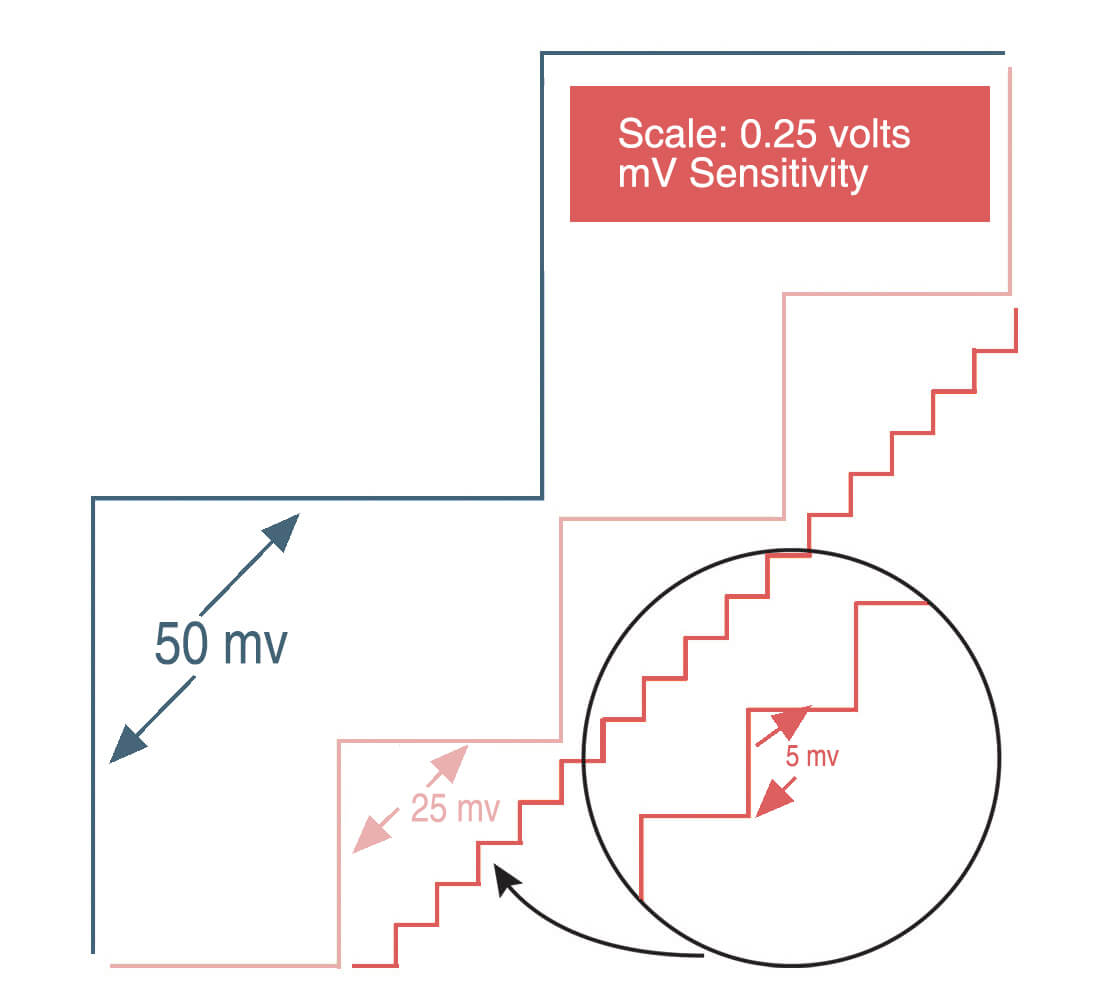
From this example, we can see that a higher-sensitivity pressure sensor can detect smaller pressure changes more accurately. It allows for a finer resolution in measuring pressure variations, which is crucial for precise tire pressure monitoring.
With higher sensitivity, the pressure sensor can provide more reliable data, ensuring that the TPMS accurately alerts the driver to any deviations in tire pressure.
Sensitivity determines how effectively a pressure sensor can detect and measure small pressure changes. A higher sensitivity pressure sensor will provide more precise and accurate measurements, enhancing the performance of applications like TPMS in maintaining optimal tire pressure.
Take an example to clarify pressure sensor resolution
Certainly! Let’s consider an example of a pressure sensor with a resolution of 0.1 psi (pounds per square inch). This means that the sensor can accurately measure pressure differences as small as 0.1 psi.
Suppose we have a tire pressure monitoring system (TPMS) that uses this pressure sensor to monitor the pressure in a car’s tires. The TPMS is designed to alert the driver if the tire pressure drops below a certain threshold, typically around 25 psi.
Now, imagine that one of the car’s tires experiences a slow leak, causing the pressure to gradually decrease. The pressure sensor with a resolution of 0.1 psi can accurately detect and display this pressure change.
For example,
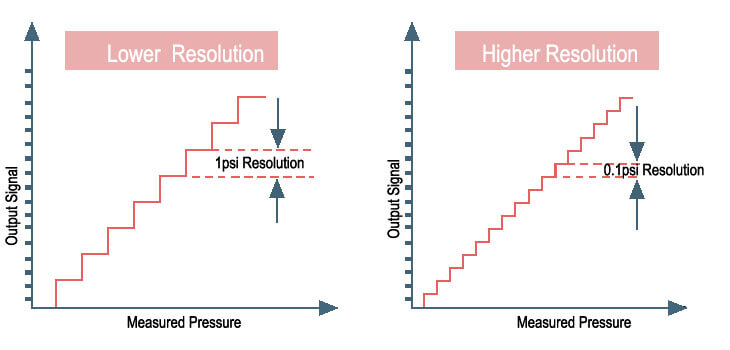
If the tire pressure drops from 30 psi to 29.8 psi, the pressure sensor can accurately measure and display this change because it has a resolution of 0.1 psi. It can clearly indicate that the pressure has decreased by 0.2 psi.
On the other hand, if the pressure sensor had a lower resolution, let’s say 1 psi, it would not be able to accurately measure this small pressure change. In this case, the pressure sensor might only indicate that the pressure has dropped from 30 psi to 29 psi, without providing the finer detail of the 0.2 psi decrease.
The resolution of a pressure sensor determines its ability to accurately measure and display small pressure differences. A higher-resolution sensor can provide more precise and detailed information about pressure changes, enabling better monitoring and control in various applications, including tire pressure monitoring systems.

